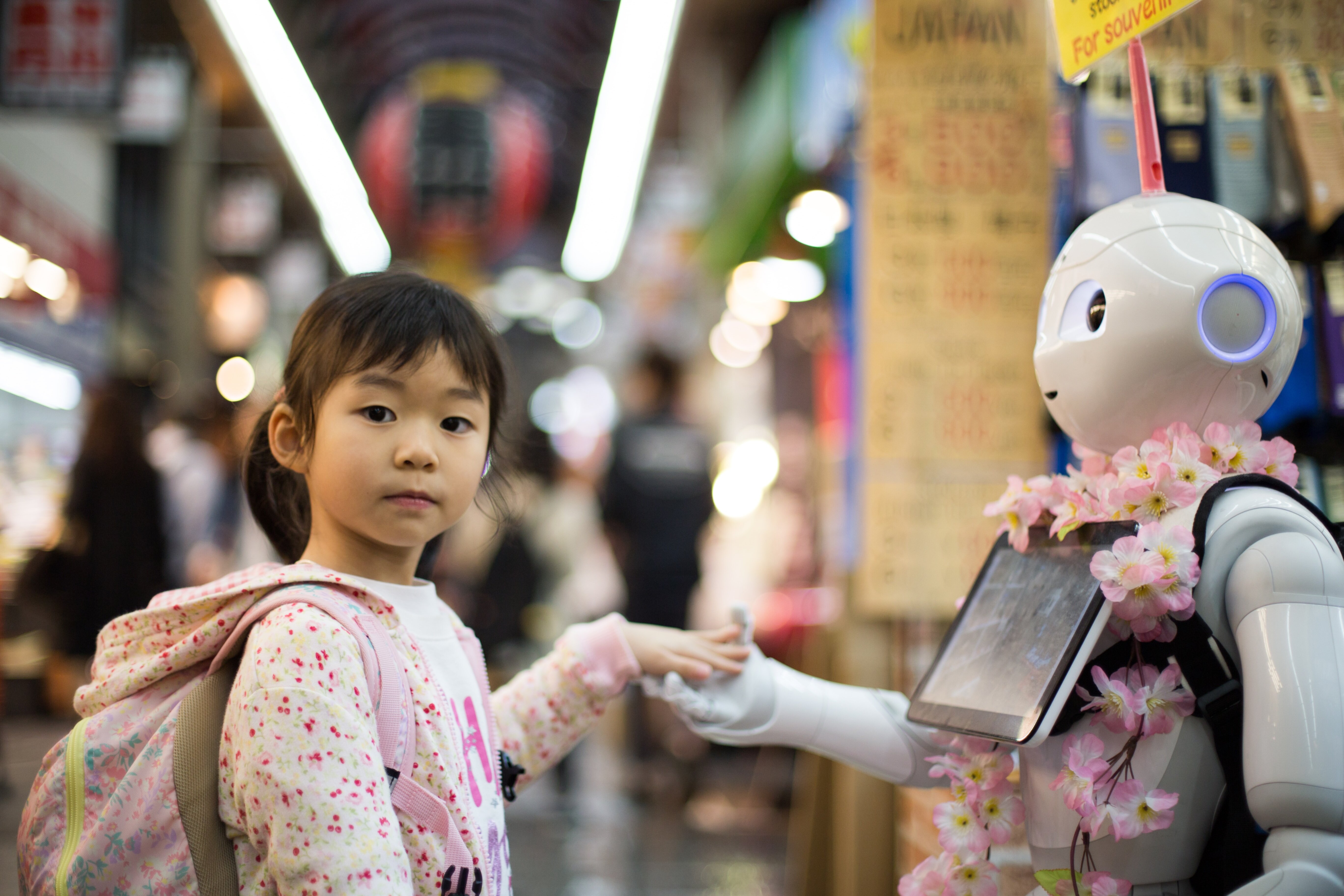7 Compelling Headshot Trends Redefining Professional Portraits in 2024

I've been tracking the visual communication standards for professional representation, a surprisingly dynamic field when you look closely at the metadata of online profiles. The static, often sterile headshot of a decade ago feels increasingly out of sync with how modern organizations actually operate—distributed, fast-moving, and valuing authenticity over rigid formality. It's a fascinating convergence of digital anthropology and personal branding, where a single image carries substantial weight in initial assessments.
What I find most interesting is how subtle shifts in lighting, background texture, and even perceived depth of field are signaling different things about a person's professional readiness in late 2025. We are moving away from the expectation of flawless studio perfection toward something that suggests capability *within* a real operational environment. Let's examine seven observable trends that seem to be setting the new baseline for what constitutes an effective professional portrait right now.
The first major shift I've mapped is the move toward 'Environmental Context Shots,' moving beyond the simple shoulder-up composition. Instead of a completely blurred background, we are seeing carefully curated, shallow depth-of-field captures that hint at the professional setting—perhaps a corner of a modern workspace or a library shelf laden with relevant technical texts. This isn't about showing the whole office; it’s about signaling domain familiarity through visual shorthand, suggesting the subject is actively engaged in their field rather than posing abstractly for a camera. The color grading on these images is also notably warmer, steering clear of the overly cool, blue tones that dominated the late 2010s aesthetic, perhaps reflecting a general societal preference for warmer, less sterile digital interfaces. Furthermore, the posing itself has relaxed; gone are the rigid, forced smiles, replaced by a more thoughtful, direct gaze that engages the viewer without seeming overly aggressive or performative. I've observed that subjects often look slightly off-center, suggesting they are thinking about the next step rather than just waiting for direction. This subtle asymmetry in composition seems to imply ongoing intellectual activity. The framing is often tighter than before, focusing intensely on the eyes and the upper third of the face, demanding immediate connection.
Another distinct trend I've cataloged concerns texture and post-processing fidelity, specifically the rejection of the airbrushed uniformity that plagued earlier digital portraiture. Contemporary standards appear to favor retaining natural skin texture, including minor imperfections that lend credibility to the image. This is a clear rejection of the overly sanitized look, suggesting transparency is now a valued professional trait, at least visually. We are seeing a deliberate introduction of subtle film grain or noise reduction calibrated to mimic high-quality analog capture, even when the source is entirely digital; it’s a manufactured nostalgia for tangible quality. The lighting setups are also becoming more directional, utilizing Rembrandt or split lighting techniques rather than flat, frontal illumination, which adds dimension and seriousness to the facial structure. I’ve noticed that many successful examples utilize a very specific quality of light—something that suggests natural window light rather than harsh studio strobes, even if artificial sources were employed to achieve the effect. The color palette, while generally warmer, often incorporates muted jewel tones in the clothing or background elements, providing anchors without distracting from the subject's expression. It seems the goal is to look polished, certainly, but polished like a well-maintained piece of precision equipment, not like a plastic figurine. The resulting images carry a visual weight that feels more grounded in tangible reality than previous generations of corporate imagery.
More Posts from kahma.io:
- →Capturing the Influx 7 Thriving Neighborhoods Welcoming New Trader Joe's Locations
- →Unveiling the True Costs Breaking Down Professional Headshot Pricing for 2024
- →Troubleshooting Guide 7 Steps to Fix Unable to Change Profile Picture Issues Across Platforms
- →The Rise of AI Headshot Generators A Cost-Effective Alternative to Traditional Photography in 2024
- →The ABCs of Portrait Photography How AI is Reshaping the Cost for Everyday People
- →The Evolving Landscape of Freelance Photography Balancing AI and Traditional Skills in 2024